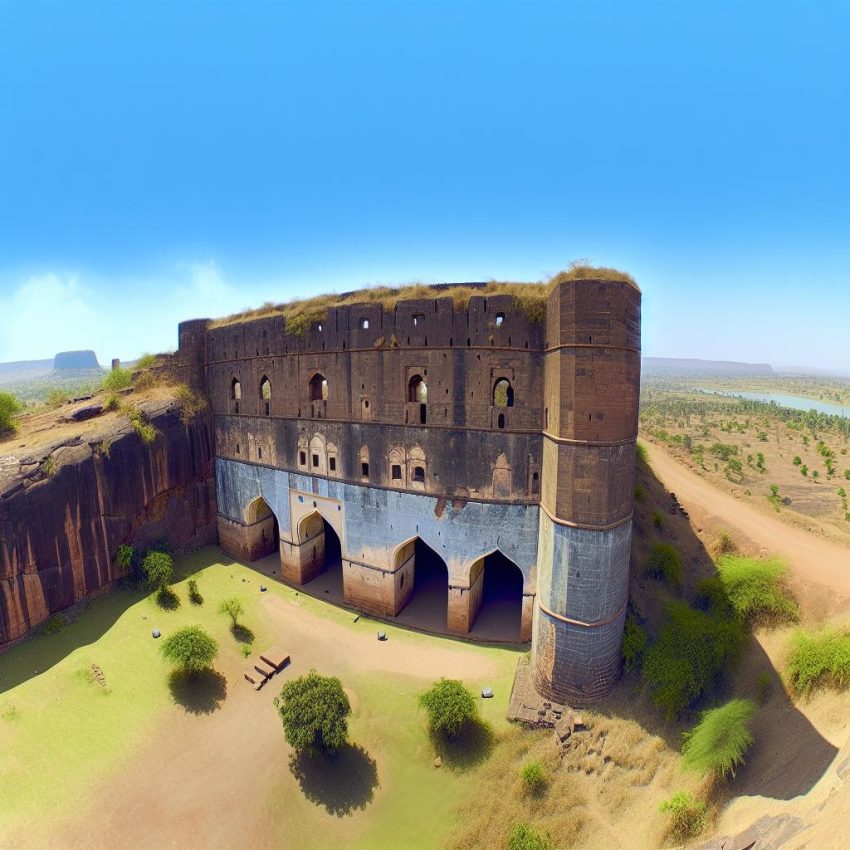Bidar Fort: An Overview
Bidar Fort, located in the northern part of Karnataka, India, is a historical monument that stands as a testament to the architectural prowess of the Bahmani Sultanate. Known for its rich history and strategic significance, the fort is a fascinating study for those interested in medieval Indian architecture and history.
Historical Background
The origins of Bidar Fort date back to the 15th century when it was constructed by Ahmad Shah Bahmani in 1427 after shifting his capital from Gulbarga to Bidar. Throughout its history, the fort has been a seat of power for various ruling dynasties, including the Bahmanis, Barid Shahis, and later the Mughals and Nizams of Hyderabad.
Architectural Features
The fort is renowned for its unique structural features, which blend Persian, Turkish, and Indian architectural styles. Built primarily from red sandstone, the compound encompasses several royal palaces, mahals, mosques, and gardens.
The intricate designs reflect the skilled craftsmanship of that era. Key architectural highlights include the Rangeen Mahal with its vibrant tile work and the Solah Khamba Mosque, known for its 16 pillars. These structures are testament to the opulence and grandeur during the fort’s heyday.
Detailed Exploration of Architectural Features
Rangeen Mahal
One of the most distinctive features of the Bidar Fort is the Rangeen Mahal. The Mahal is adorned with mosaic tiles and wood carvings that reflect the vibrant colors that gave it the name “Rangeen”, which means colorful. The floral patterns and intricate carvings are indicative of the Persian influence that permeates the fort’s design.
Solah Khamba Mosque
The Solah Khamba Mosque, one of the larger structures within the fort, derives its name from its 16 pillars. It is a fine example of simplicity blended with grandeur. The pillars support an extensive roof, which demonstrates structural ingenuity and provides an airy space, suitable for gatherings and prayers. Its typical Mughal arches and stucco work contribute to its serene beauty.
Gardens and Water Systems
The gardens within the fort compound reveal the influences of Mughal horticultural practices. The layout is akin to the Charbagh style, a quadrilateral garden layout based on the four gardens of Paradise mentioned in the Quran. Notably, the water systems designed to keep the gardens and surrounding areas lush demonstrate the advanced engineering skills of the time.
Strategic Importance
Bidar Fort was strategically important due to its location, overlooking the Manjira River valley, providing a natural defense. Positioned on a plateau, the fort had an advantageous geography that protected it against invasions. The fort’s design incorporates several defensive measures, including a triple moat system and robust battlements, essential for withstanding military sieges.
Fortification and Defense
The fort’s walls are an impressive feat, engineered to resist enemy assault. The sheer scale of the fortifications speaks to its strategic planning. It extends over nearly 50 acres, with a lengthy wall and numerous bastions that were part of its defensive strategy. The integration of ancient military architecture with landscape shows the seamless blend of necessity and architectural brilliance during its time.
Architectural Blend of Cultures
In terms of architectural style, the influence seen in Bidar Fort is a blend of several cultures. This is largely due to the diverse population that resided within the region during its peak. The styles range from the delicate carvings of Persian artistry to robust structural elements from Indian traditions, and efficient designs brought in by Turkish influence. The gates alone depict numerous styles, accentuating the fort’s openness to cultural influences from traders, emissaries, and conquerors.
Preservation Efforts
In recent years, efforts have been made to conserve the fort and maintain its structural integrity. Preservation projects aim to protect its unique architecture and historical value, ensuring that future generations can appreciate this rich cultural heritage.
Modern techniques are utilized to prevent further decay of the sandstone walls and intricate frescos that adorn many parts of the fort. Collaborations between national and international conservation bodies have been pivotal in garnering resources and expertise in heritage preservation.
For more information on Bidar Fort, you can explore additional resources online to delve deeper into its history and significance. Keep in mind the heritage value of such monuments, which continue to offer insights into India’s vibrant past.
